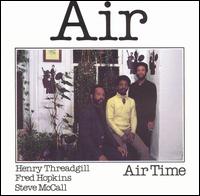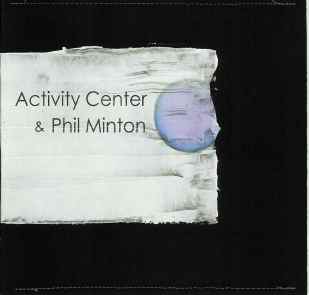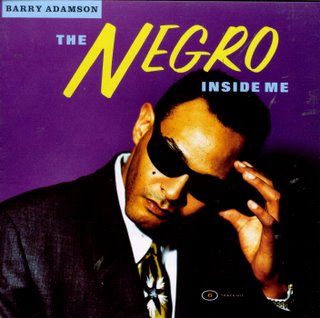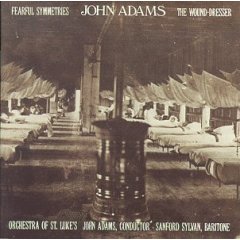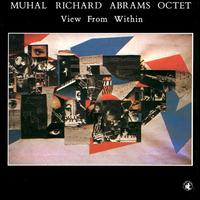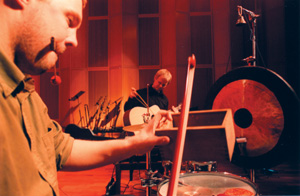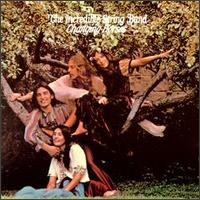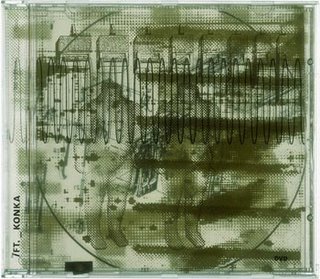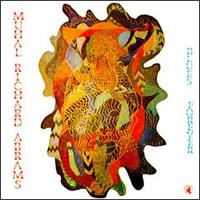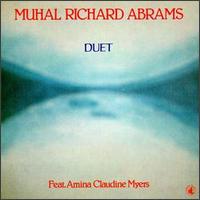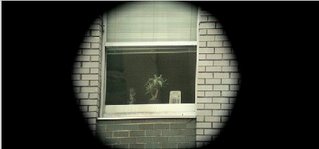
Nina Katchadourian previously appeared on these pages with a pair of caterpillars affixed to her upper lip. Today, there's a front page (of the Arts Section) article on her latest project, Office Semaphores, in the New York Times. Another lovely, haunting idea from this absurdly fertile mind. Here's the piece:
Watch That Space: The Oracle of the 17th Floor
Published: November 21, 2006
The creators of the maritime semaphore system apparently did not have New York office workers in mind when they formulated the staccato messages used by ships and ports for basic communication. But as it turns out, the language is quite supple when it comes to conveying the universal urban condition.

Top, at Liberty and William Streets in Lower Manhattan, Martin Griffin, left, and Jerry Morgero check out Nina Katchadourian’s artwork, a semaphore on a lawyer’s office window sill. Center, a key to the code lets viewers interpret the changing messages. Bottom, the viewing platform, at 1 Chase Manhattan Plaza.
There are signals for the angry: “Keep clear of me.” There are signals for the frustrated: “I have received faulty instructions.” And of course there are signals for the weary and the Friday-afternoon defeated: “I am dragging anchor”; “I require a tug”; “I am ending maneuvers early.”
Several years ago the artist Nina Katchadourian found herself staring up at the sky full of office windows in Times Square and thinking about the faceless occupants behind them. “You think, ‘My God, all those anonymous people up there, living and working,’ ” she said. “There’s this sense of so much detachment between interior and exterior.”
With the cooperation of one of those anonymous people and the help of the Public Art Fund, Ms. Katchadourian is now trying to build a bridge — or at least, as she says, stretch a tenuous thread — between those two worlds.
Last week, on a windy plaza at the corner of Liberty and William Streets in Lower Manhattan, workers installed a heavy-duty tourist-type telescope. Its lens is fixed on a 17th-floor office window two blocks to the east, and at least once a day for the next two months the corporate lawyer who sits near that window will choose three objects from his office — for instance, a potted plant, a picture of his young son and a calculator — and arrange them on the sill. Anyone who wanders by the telescope can peer into it and see the objects, a kind of occupational variant on the famous lanterns in the Old North Church.
Then, using a pictorial key mounted on the telescope, the observer can translate the lawyer’s messages and, perhaps, divine something about personality or his soul. Or at least whether the deli forgot to put mustard on his pastrami sandwich again.
On Thursday morning, the first day of the project, a calculator, a clock and a glass jar filled with brightly colored markers could be seen on the sill, arranged left to right, announcing that the lawyer was “proceeding without incident.”
But at about a quarter past noon a woman with small-framed eyeglasses and a half-smile — maybe a coworker or assistant — could be seen at the window assembling a new message. (Apparently even conceptual art can be delegated.) She removed the clock and the jar and replaced them with a container full of heavy-duty paper clips and a potted plant. The calculator was shuffled to the far right.
The new message was either existentially portentous or maybe just an indication that the lawyer needed a nap. “I am adrift,” it said, gnostically.
As big-city voyeurism goes, the project might not be exactly titillating. But Ms. Katchadourian, 38, said she sees it as a modern form of portraiture, especially suited to such a large and impersonal city. The project, which she had tried to bring off several times before, also unites her obsession with things nautical (she collects shipwreck literature) and her love of languages, codes and signs. In one earlier piece, she replaced the regular sounds of several car alarms with snatches of birdsong. In another, she inserted a microphone into a concession-stand popcorn machine and then used a computer to analyze the sounds of the pops, converting them into Morse code to reveal what the popcorn was “saying.”
Rochelle Steiner, the director of the Public Art Fund, saw the popcorn project several years ago and said it stuck in her mind. “I thought it was just such a wacky yet rigorous piece dealing with communication and language,” she said.
The logistics of the semaphore project were considerably more complex. First, a site for the telescope had to be found, with good sight lines and a chance of a decent crowd. Then someone in a nearby office had to be enlisted to serve as the unseen oracle of the postmodern predicament.
Ms. Katchadourian said she felt that it was imperative to the meaning of the work that the participant remain anonymous, just another life being lived high above the city. The lawyer immediately got the idea, she said, and was more than happy to contribute his knickknacks while keeping his identity a secret. Together they chose the objects to be displayed and then she devised a code for the objects to correspond to a dozen basic semaphore messages, which are usually conveyed with colored flags.
On the first day of the project, only a few observers wandered tentatively over to check it out, seemingly confused about why a tourist telescope was pointed in the direction of nothing particularly touristy. But Bill Fatouras, a project manager for Chase Manhattan Bank, who had walked outside to enjoy a cigarillo, squinted into the telescope and said he would return to make a daily smoke-break check on his nameless neighbor.
“That way if he’s having a bad day and I’m having a bad day, maybe we can get some empathy going, you know what I mean?” he said.
Martin Griffin and Jerry Morgero, underwriters for a commercial insurance company, said they might keep tabs too, but admitted that they didn’t quite know what to think of the project as an artwork.
Mr. Morgero shrugged: “I guess it just goes to show what I don’t know about art.”
Mr. Griffin shrugged too, but then brightened.
“It’s a big, glorified mood ring,” he said. “If that’s what it is, I like it.”


